Floodplain management
Floodplain management involves reducing flood risk by using the combination of planning controls, flood mitigation works and maintenance measures, managing flood-warning systems, and predicting flood severity following heavy rainfall.
Floods play a significant role upon the Wimmera’s landscape. Most Wimmera towns are built around natural water features such as wetlands, rivers, and creeks.
During high rainfall events, many community members are impacted directly or indirectly as a result of floods.
Flood investigations are undertaken to minimise risks to human life, protect infrastructure, and minimise financial loss across the region.
Wimmera CMA work closely with State Emergency Services (SES) local government, and other emergency management agencies and the community to ensure all floods are proactively managed.
Looking for Flood emergency information?
Wimmera CMA is not the lead agency to contact during a flood event.
You can find resources here: Flood emergency information
Floodplain management involves reducing flood risk by using the combination of: planning controls, flood mitigation works and maintenance measures, managing flood-warning systems, and predicting flood severity following heavy rainfall.
Specifically, Wimmera CMA’s roles and responsibilities for floodplain management include:
- determining the extent and height of floodwaters
- declaring flood levels
- managing waterways and floodplains
- raising awareness of floodplain management issues and related best management practices
- advising local government on flooding issues affecting development
- developing and implementing plans to minimise flood risk and damage
- providing specific flood advice to the public and local government for land development and use
- undertaking flood monitoring
- obtaining and enhancing flood data
- providing specialist flood intelligence advice to VicSES and incident controllers during floods
- assisting local government to develop flood emergency plans
- assisting VicSES to develop flood warning systems.
Wimmera CMA is responsible for a range of statutory functions under the following state government acts, relating to floodplain management:
Planning and Environment Act 1987
Guidelines for Development in Flood Affected Areas
Wimmera Floodplain Management Strategy
Find out further information at: Flood Victoria website
Download a copy of the Wimmera Floodplain Management Strategy.
The Wimmera Floodplain Management Strategy 2016 is guided by the Victorian Floodplain Management Strategy.
Chapter 17 of the Victorian Floodplain Management Strategy 2016 sets out a series of policies, accountabilities and actions for levees and other forms of flood mitigation infrastructure. Collectively, they define the Management Framework for Flood mitigation Infrastructure in Victoria.
The Department of Energy, Environment and Climate Action (DEECA) has released a series of Guidance Notes aimed at helping those wishing to construct or maintain infrastructure which is all available on their website.
Guidance Notes for constructing or maintaining infrastructure:
- An overview of the VFMS management framework for flood mitigation infrastructure
- Guidance Note 17.1 Deciding whether to leave flood mitigation infrastructure unmaintained
- Guidance Note 17.2 Bringing Infrastructure under formal management arrangements
- Guidance Note 17.3 Designing constructing and implementing flood mitigation infrastructure
- Guidance Note 17.4 Levee Maintenance Permits
- Guidance Note 17.5 Deciding whether to use Water Management Schemes to manage flood mitigation infrastructure
- Levee maintenance permit application kit.
Find all this information and more at: Levee Management – DEECA Services
Flood investigations involve a detailed technical analysis of historic information to determine future flooding possibilities and their impacts. Community participation and ground-truthing are essential parts of investigations.
A flood investigation will determine the impacts of various flood intensities and often looks at possible options to reduce expected damages. Dependent upon funding, an investigation may also help to determine actions to be taken by emergency service agencies during times of flooding, and often recommends flood-warning systems to improve community awareness to risks posed. Once a flood investigation is completed Wimmera CMA works closely with local government to amend planning schemes so that learnings from the investigation are incorporated and planning development is managed to the appropriate flooding risks identified.
Flow modelling study
Wimmera CMA has also completed a flow modelling study of the Wimmera River and Yarriambiack Creek between Glenorchy, Horsham, and Warracknabeal. The study undertook hydrologic and hydraulic modelling of the waterways; it was completed in September 2009. The study assessed both current and ‘pre-European’ catchment-waterway-floodplain regimes.
Flood and flow investigation reports & extent maps
AEP (Annual Exceedance Probability) flood and flow event extent maps
View or download maps here:
Councils typically handle planning permits, and as such, they should be your first point of contact. Councils will refer your application to Wimmera CMA for advice on the permit implications with respect to flooding.
What overlays are on your land?
Go to the maps section of your council at Planning Schemes – DETP Services to find the planning rules for your land.
For more information on the planning permit process when the permit is for land subject to flooding, please refer to the following document: Applying the Flood Provisions in Planning Schemes
Find out further information at: Flood Victoria website.
Planning Scheme Overlays
Wimmera CMA is a referral agency with respect to council planning permits for the planning scheme overlays. The most common referrals provided to the Wimmera CMA come from LSIO and FO (described below). Some councils have additional overlays within their planning schemes that are specific to their environment and the values of the municipality which Wimmera CMA is also referred. The list of referral overlays for Wimmera councils is provided below. For full planning rules on the below overlays, go to the maps section of your council at Planning Schemes – DETP Services.
FO – Floodway Overlay
Indentifies waterways, major flood paths, drainage depressions and high hazard areas, which have the greatest risk and frequency of flooding.
In respect to the referral consideration, Wimmera CMA aims to ensure the development maintains the free passage and temporary storage of floodwaters, minimises flood damage, and is compatible with flood hazard and local drainage conditions. Generally, consideration of applications in FO is more stringently assessed due to the heightened flood risk.
ESO 5 (Hindmarsh SC) – Environmental Significance Overlay 5
Wetlands of Conservation Value
Identifies low-lying areas that hold wetland values that may be of ecological significance.
In respect to the referral consideration, Wimmera CMA aims to ensure that land use and development does not degrade the identified values.
LSIO – Land Subject to Inundation Overlay
Identifies land in a flood storage or flood fringe area affected by the 100-year Annual Recurrence Interval (ARI) or other area as determined by a floodplain management authority.
In respect to the referral consideration, Wimmera CMA aims to ensure the development maintains the free passage and temporary storage of floodwaters, minimises flood damage, is compatible with flood hazard and local drainage conditions, and will not cause any significant rise in flood level or flow velocity.
ESO6 (Hindmarsh SC) – Environmental Significance Overlay 6
Catchments of Wetlands of Conservation Value
Identifies the catchments of the wetlands identified in ESO5 (above).
In respect to the referral consideration, Wimmera CMA aims to ensure that development and land use, within the primary catchment, is controlled so as not to degrade the ecological condition of the wetlands identified in ESO5.
DDO9 (Horsham RCC) – Design and Development Overlay 9
Urban Conservation Precincts – Horsham Residential Areas
Identifies areas with a risk associated to storm water flooding.
In respect to the referral consideration, Wimmera CMA aims to consider the risk posed by the proposed development by storm water flooding, the potential effect the development may have upon redirecting or obstructing storm water of drainage water, effect of the development upon reducing flood storage, and the potential for increasing flood levels and flow velocities.
What is the Wimmera CMA doing to help?
Wimmera CMA has a role to assist the Incident Controller during flood events at the Incident Control Centre by providing expert information from Flood Investigations as to the likely extent, depth, and impact of flooding.
Between these events, Wimmera CMA:
- conducts floodplain investigations to improve knowledge of floodplains in the Wimmera, targeting known high flood impacted areas
- works closely with Councils to reduce flood risk to properties and buildings through referrals to planning applications
- works closely with partners including VicSES, Councils, and Government departments to educate the public in floods and floodplain management
- provides information to the public about individual land parcel risks presented by flooding.




